EPA: US GHG emissions up 6% in 2021 from 2020
Green Car Congress
APRIL 14, 2023
million metric tons of carbon dioxide equivalents, or 5,586.0 million metric tons of carbon dioxide equivalents after accounting for sequestration from the land sector—representing a 6% increase from 2020. Fuel economy of light-duty vehicles is another important factor. following a decrease of 3.7%

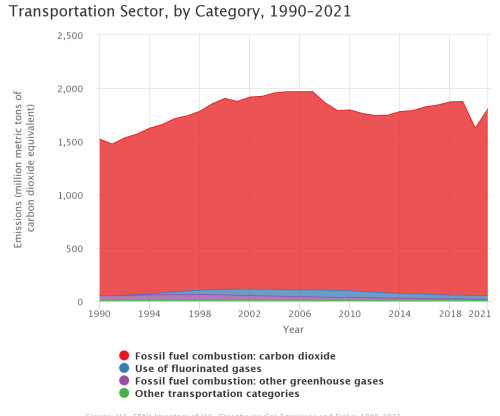
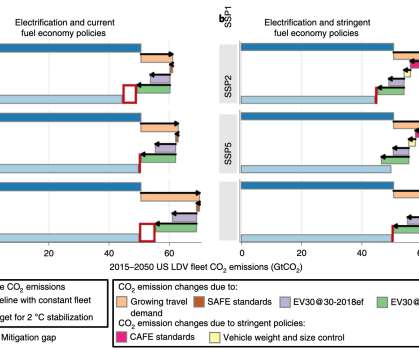
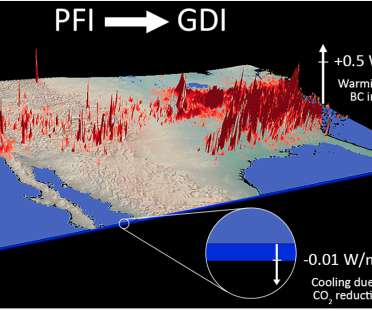

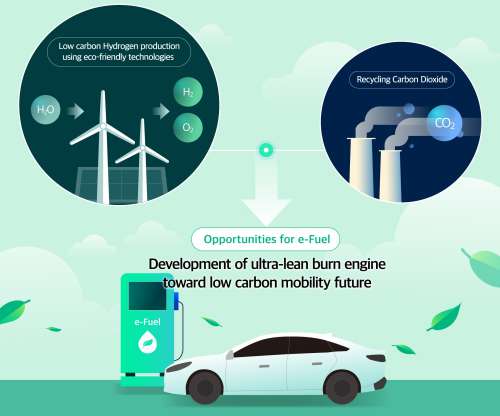













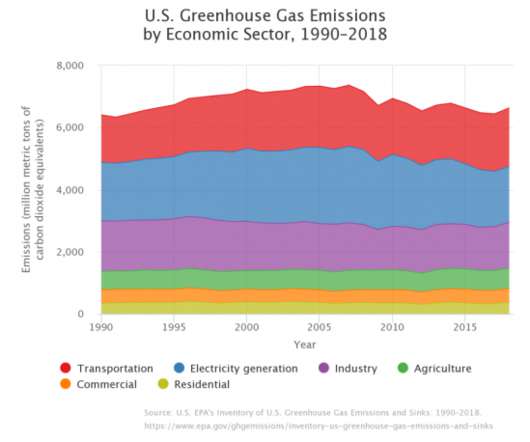

















Let's personalize your content